

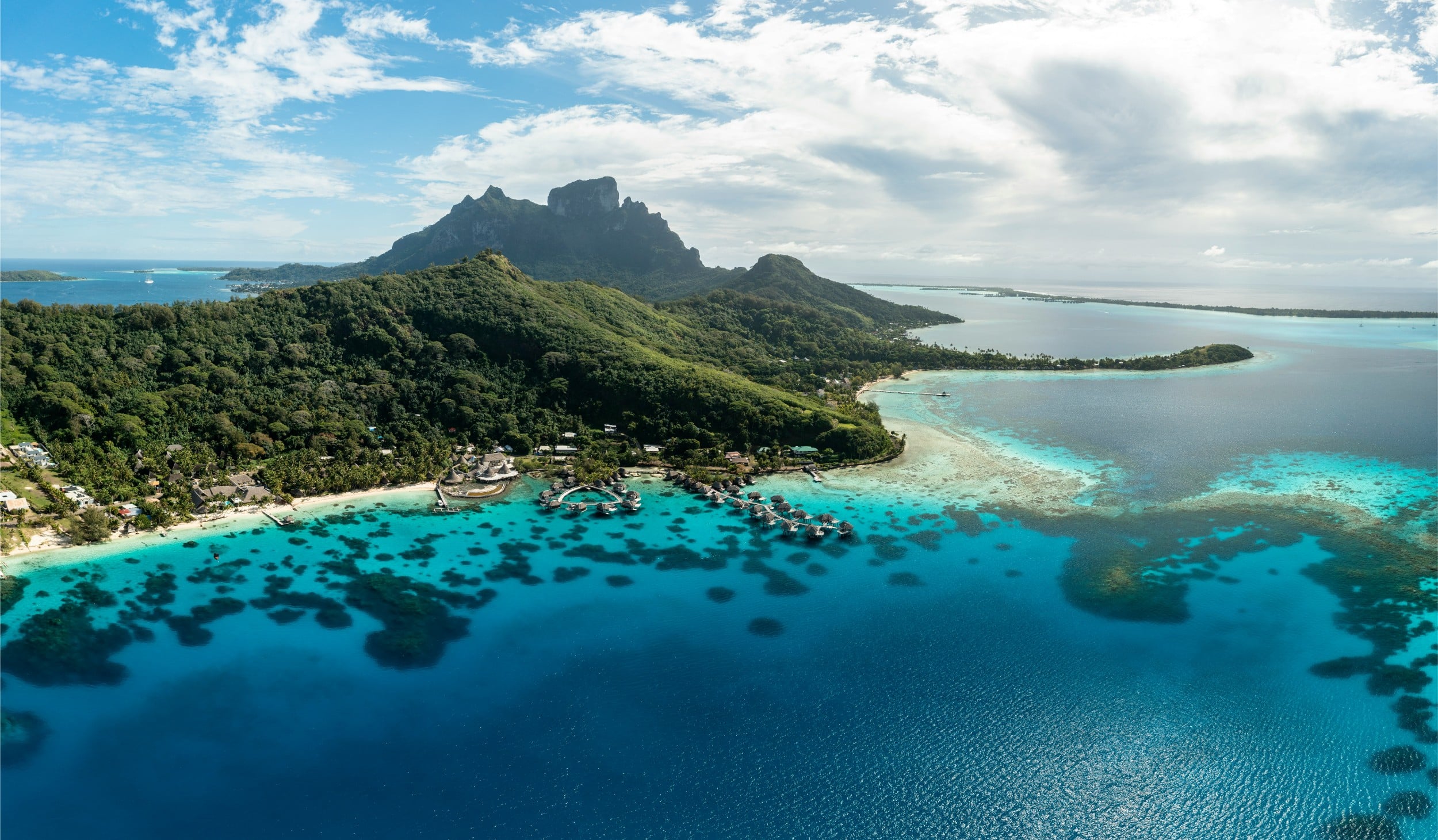
French Polynesia, an archipelago of dreams in the heart of the South Pacific, invites you on a journey beyond imagination. From the turquoise lagoons of Bora Bora to the volcanic peaks of Moorea, from marine life-rich coral reefs to overwater bungalows, every island is a promise of escape. Explore our offers and be charmed by the gentle Polynesian way of life, a rich culture, and landscapes of unreal beauty.
Paradise landscapes
Lagoons with a thousand shades of blue, white or black sand beaches, coconut trees, and verdant volcanoes that plunge into the sea.
Exceptional marine life
Preserved coral reefs housing colorful marine wildlife, ideal for diving, snorkeling, and encounters with sharks, rays, and turtles.
An authentic Polynesian culture
Discover the “Mana”, the spirit of the islands, through dance (Tamure), music, the art of tattooing, and the legendary hospitality of the inhabitants.
Dream accommodations
Experience the iconic overwater bungalows, offering direct access to the lagoon and unparalleled privacy.
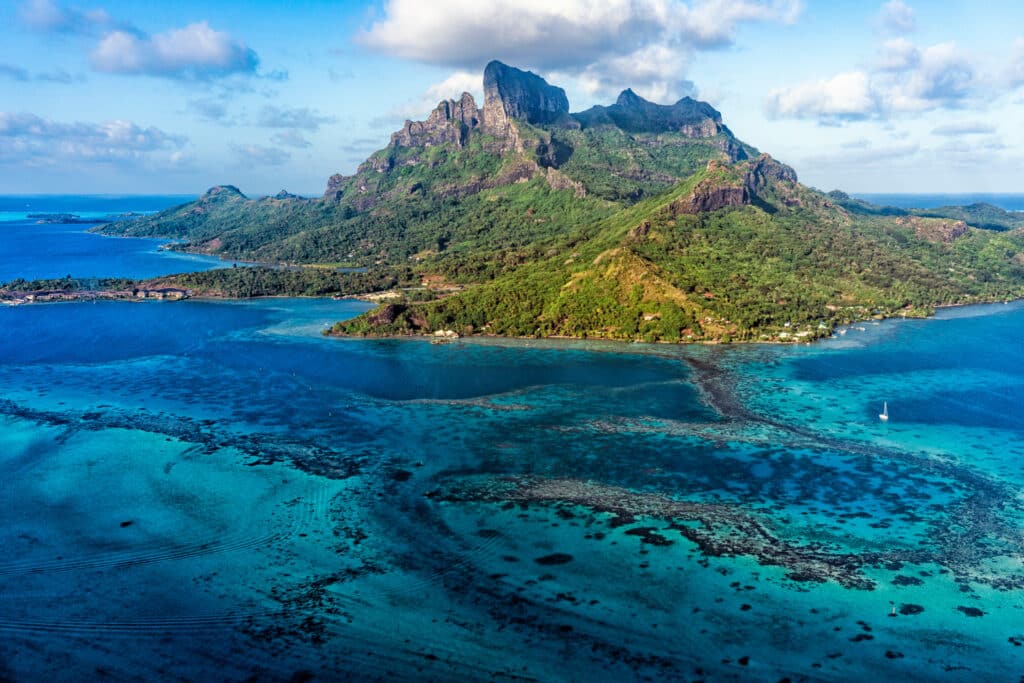
€5,674
price per person
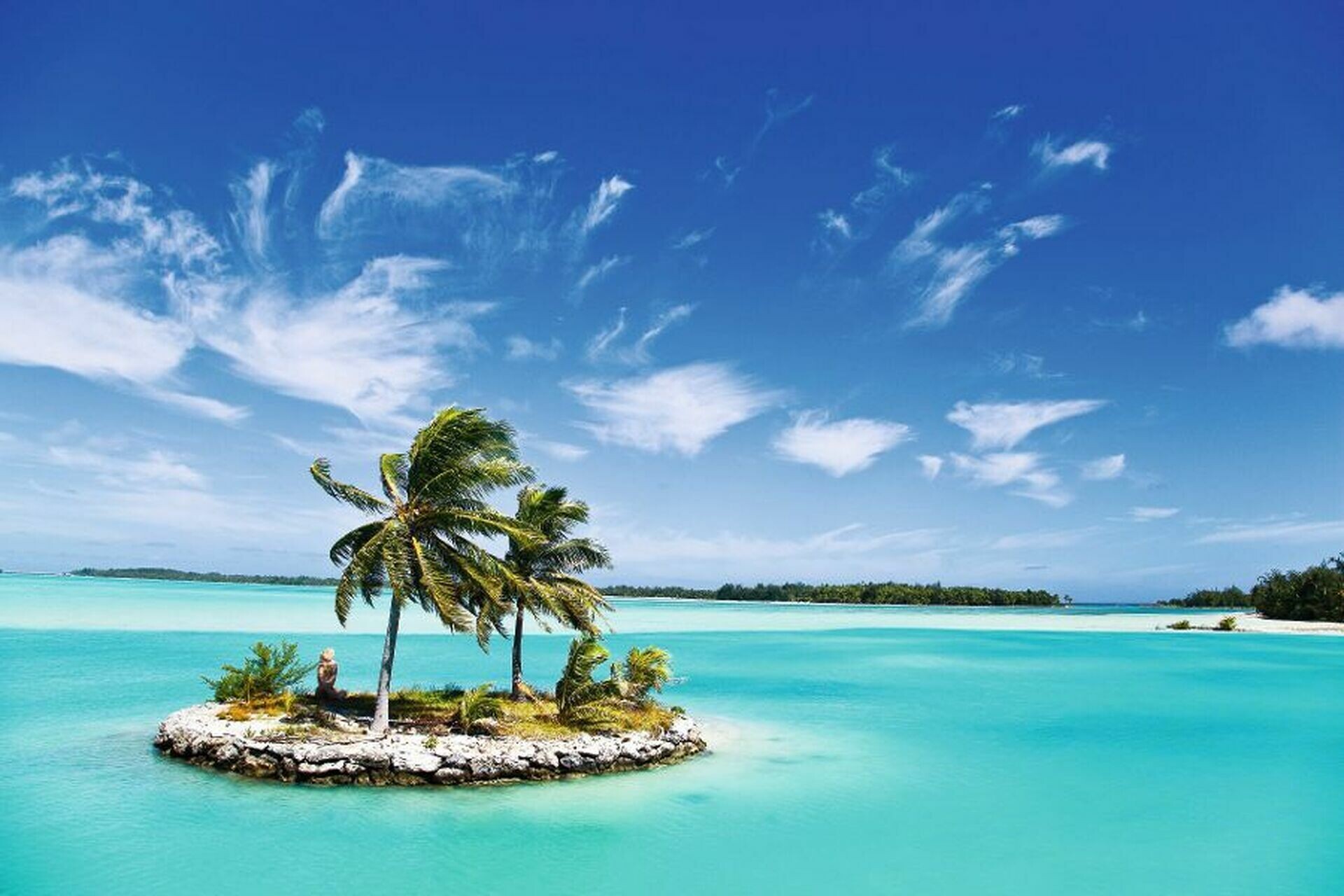
7298€
price per person
French Polynesia is a chain of magnificent islands. Bora Bora is the icon, with its legendary lagoon and Mount Otemanu. Moorea charms with its twin bays (Cook and Opunohu), mountainous landscapes, and pineapple plantations. Tahiti, the main island, offers black sand beaches, waterfalls, and the Papeete market. The Tuamotu (Fakarava, Rangiroa) are coral atolls renowned worldwide for diving. The Marquesas are wilder, with a stronger culture and dramatic landscapes.
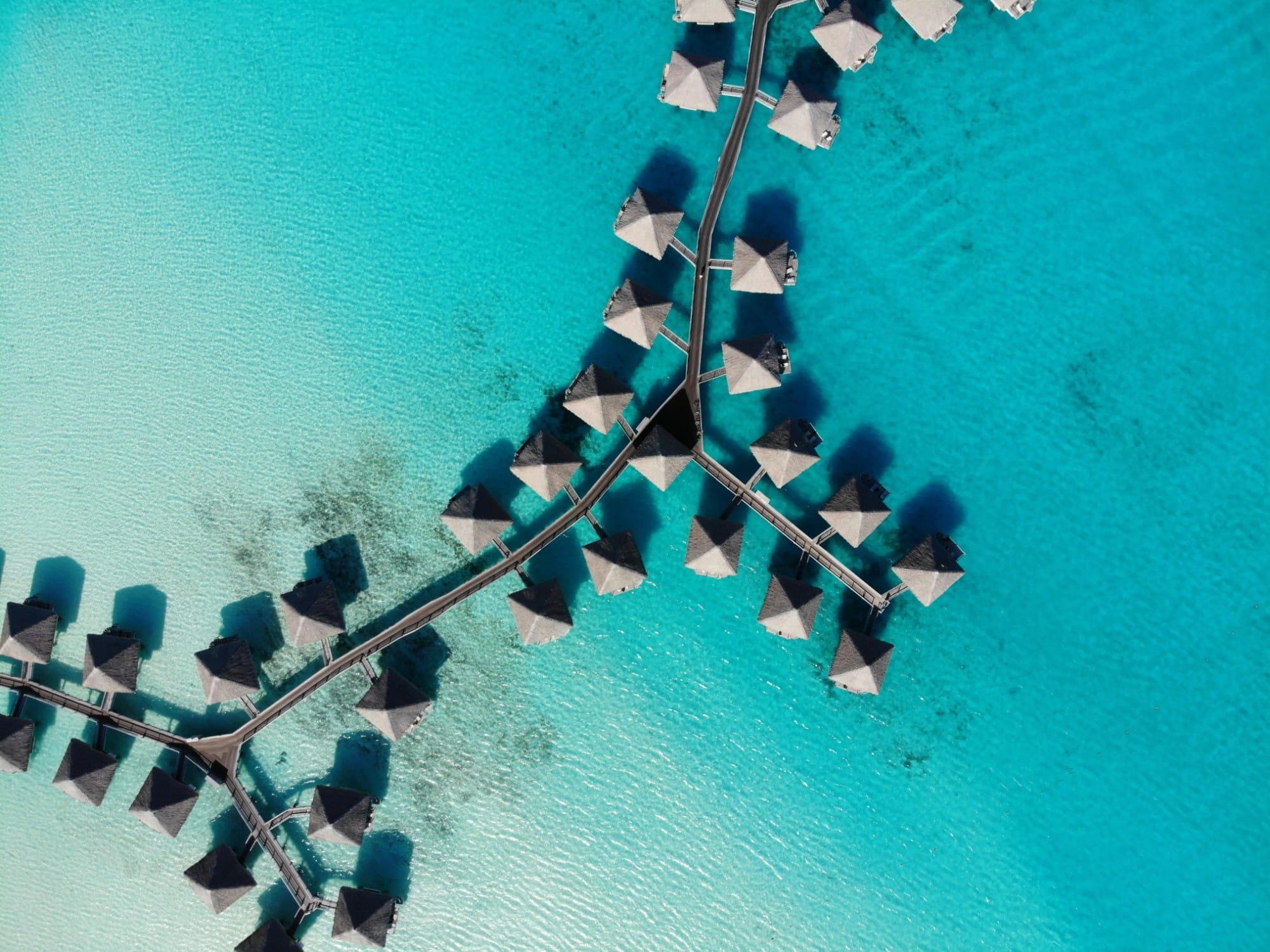
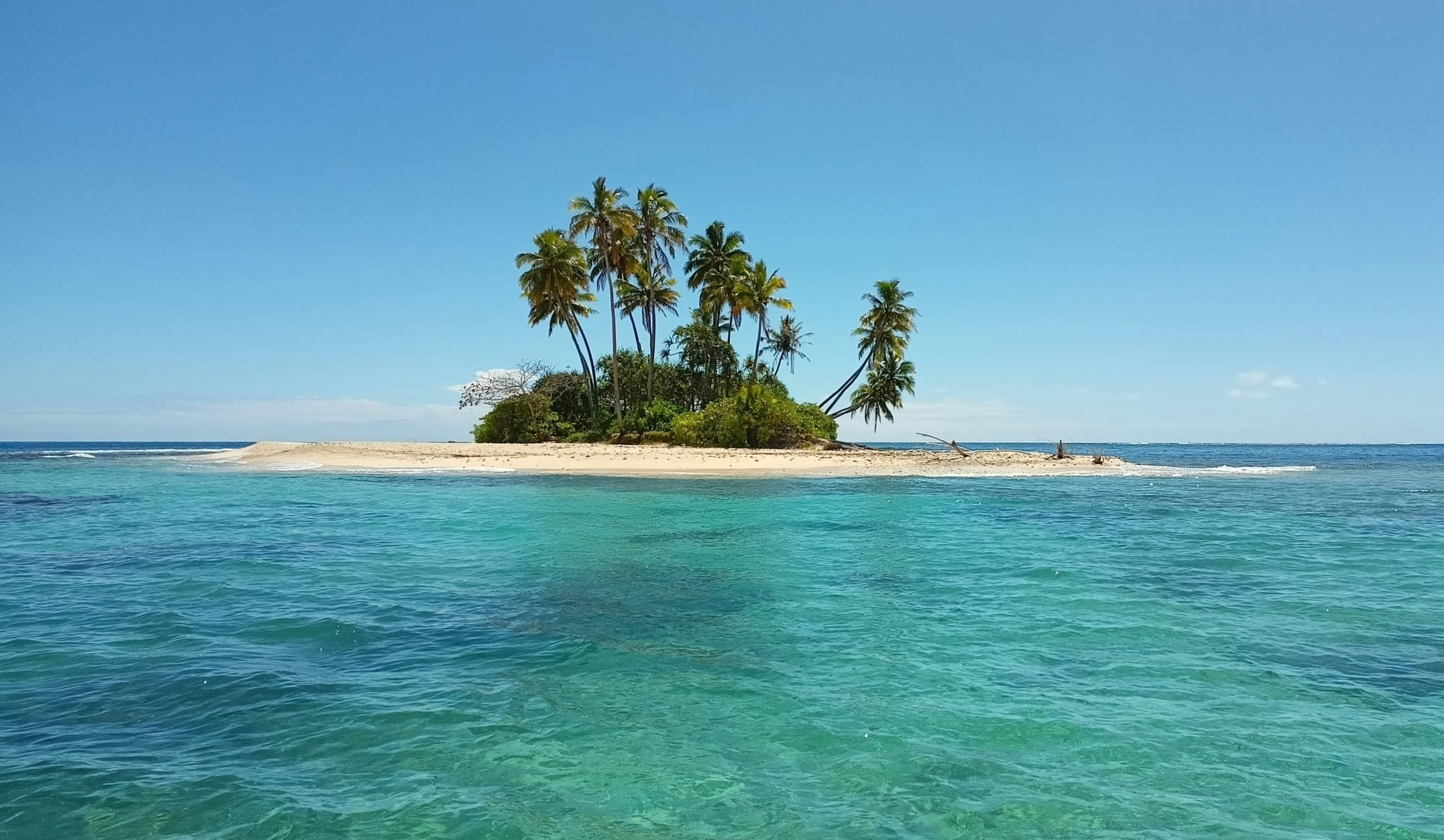
The climate is tropical maritime, warm and sunny all year round. There are two main seasons:
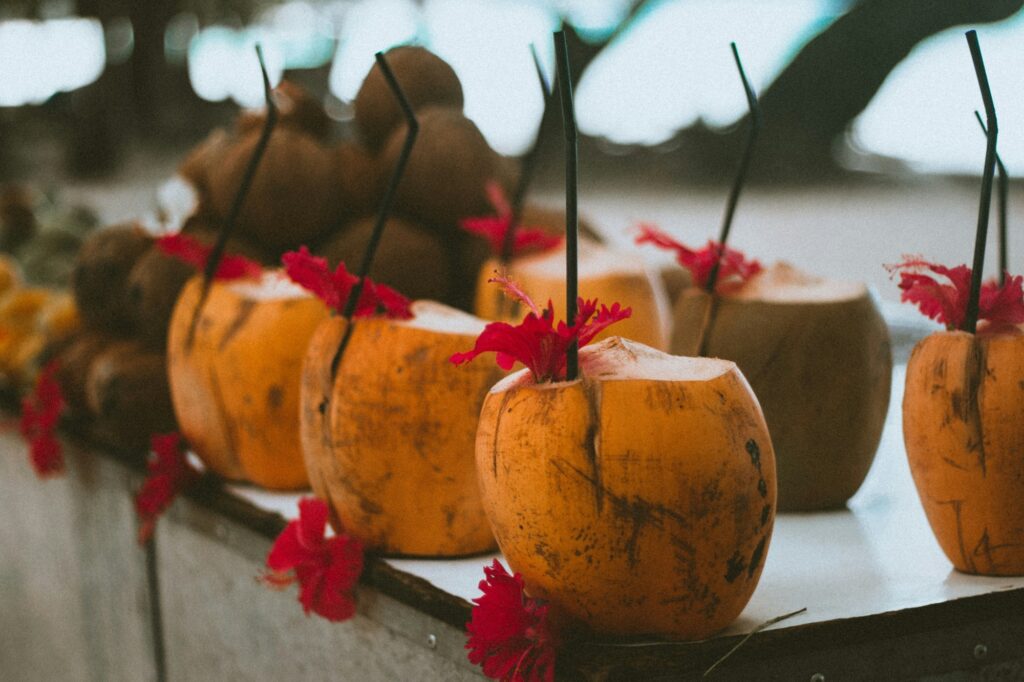
Polynesian cuisine is fresh and flavorful, based on seafood and tropical fruits. Try the raw fish with coconut milk, the ma’a tinito (a dish made with pork, red beans, and noodles), the chicken fafa (chicken with taro leaves), and the grilled seafood. Don’t miss the exotic fruits like papaya, mango, pineapple, and breadfruit.
| Jan | Feb | March | April | Mai | June | July | Aug | Sept | Oct | Nov | Dec | |
|---|---|---|---|---|---|---|---|---|---|---|---|---|
| Our opinion | ||||||||||||
| Season | ||||||||||||
| T° max | 31°C | 31°C | 31°C | 31°C | 30°C | 30°C | 29°C | 29°C | 30°C | 30°C | 31°C | 31°C |
| Rainy days | 17 d | 17 d | 15 d | 11 d | 9 d | 7 d | 6 d | 5 d | 6 d | 7 d | 10 d | 14 d |
| T° sea | 29°C | 29°C | 29°C | 29°C | 28°C | 28°C | 27°C | 27°C | 27°C | 28°C | 28°C | 29°C |
| Beach | ||||||||||||
| Diving | ||||||||||||
| Hiking |
Bora Bora is often nicknamed “the Pearl of the Pacific” and is one of the most sought-after honeymoon destinations in the world.
The currency is the Pacific Franc (CFP), with a fixed exchange rate against the euro. Credit cards are accepted in major hotels, restaurants, and shops on the main islands. It’s recommended to have cash for small businesses, markets, and more remote islands.
The inhabitants are called Polynesians and Polynesiennes (or Tahitians for Tahiti).
The official languages are French and Tahitian. English is commonly spoken in tourist areas.
Type A and B plugs are found. A universal adapter is highly recommended.